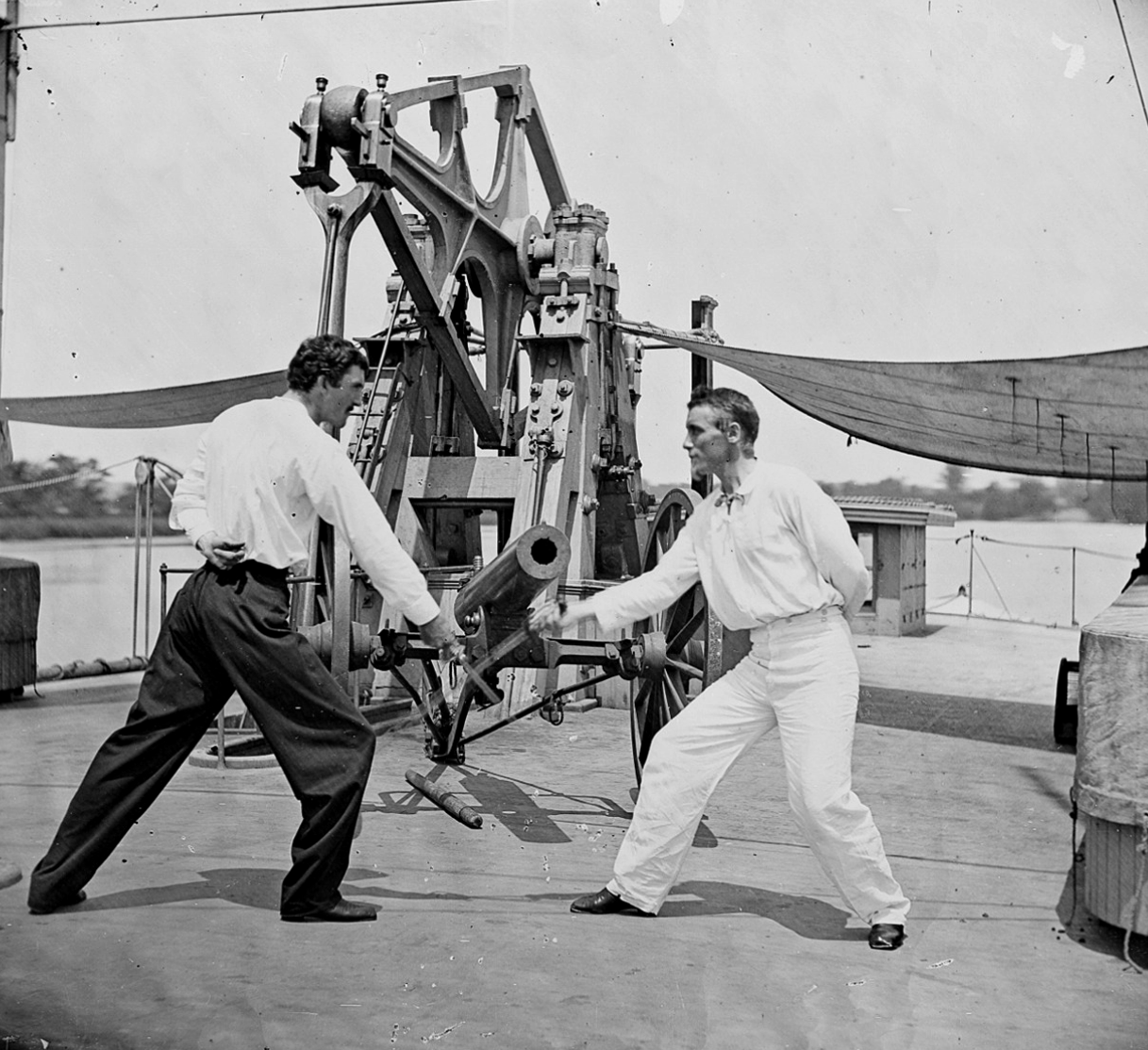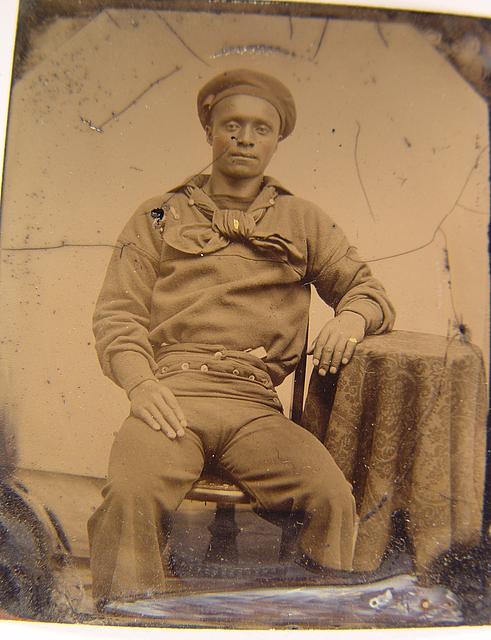

We imagined a post-racial society with the election of the first African American President in 2008 and sought evidence in the photos of “Brothers at War” with the slate of Black general officers at the helm of theater operations in the war on terror. The Army ranks were subsequently filled with volunteers from across the national landscape of race, ethnicity, and creed. This century began with a unifying call to arms following the attacks of September 11, 2001.

They joined in the hope of being members of a free and just society. The Nation began with gathering Soldiers from different races, ethnic groups, and nationalities. A year later, the Declaration of Independence proclaimed, “We hold these truths to be self-evident, that all men are created equal, that they are endowed by their Creator with certain unalienable Rights, that among these are Life, Liberty and the pursuit of Happiness.” Out of necessity the Continental Army would seek manpower from the diverse populations of the colonies-to include enslaved and freed Blacks as well as Indigenous peoples. In 1775, American colonists protested that their rights as British citizens were not protected and subsequently established the fledgling Continental Army. While it is easy to declare and embrace the mission to fight and win the Nation’s wars, it is more challenging to forge and sustain an institution that lives its espoused values and holds its members accountable for the principles put forth in its founding documents. military is reassessing its connection to the society that it is chartered to protect and serve.

Well into the third decade of the 21 st century, the U.S. Buffalo Soldiers of 25 th Infantry, some wearing buffalo robes, Fort Keogh, Montana, 1890 (Library of Congress)


 0 kommentar(er)
0 kommentar(er)
